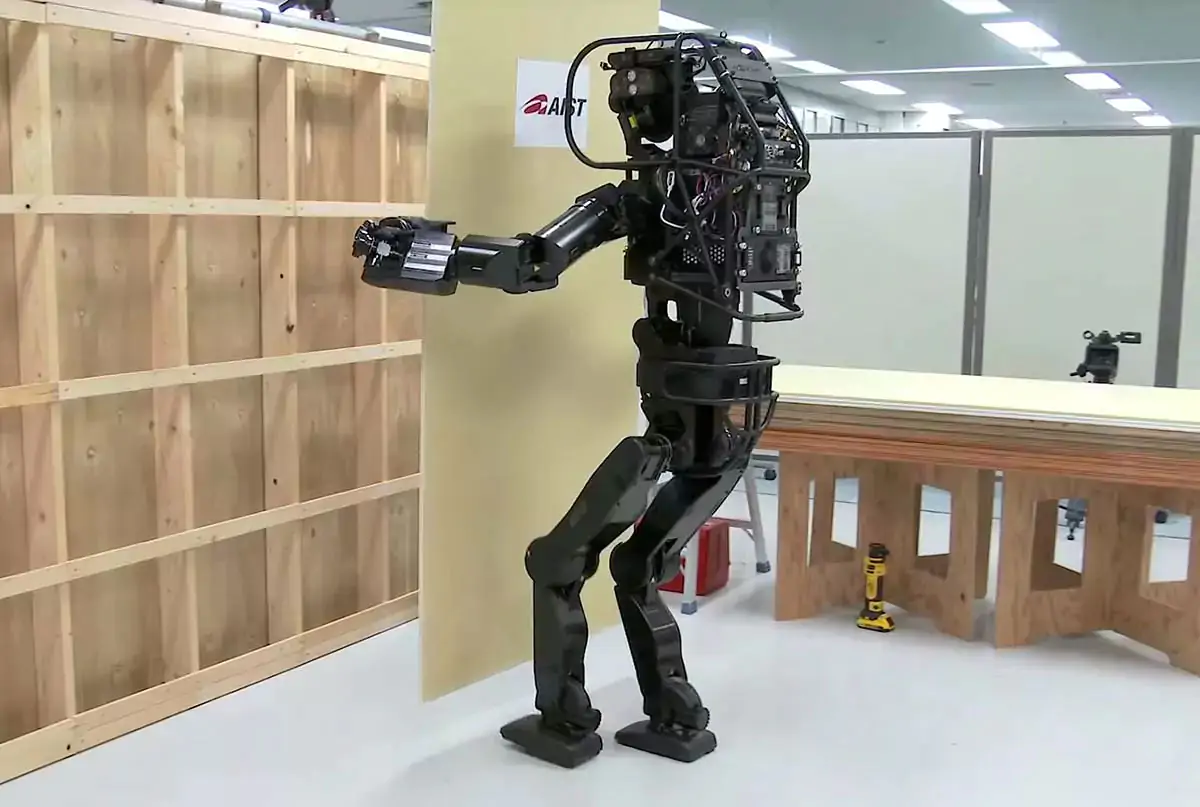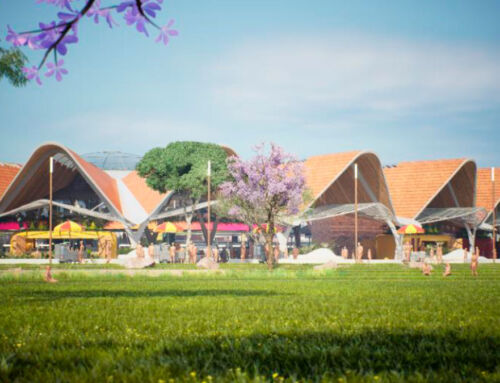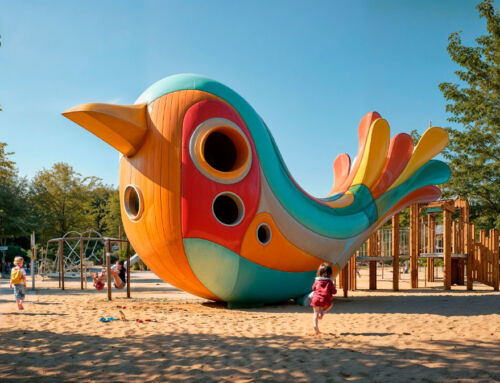This month, the National Institute of Advanced Industrial Science and Technology of Japan (AIST) presented a humanoid robot nicknamed HRP-5P designed specifically for the construction industry.
We know that most assembly lines in factories are robotized and require less and less human capital. However, other sectors such as construction, require more complex and developed robotics to replace the standard worker.
Robotics is slowly entering the construction industry, mainly due to the large investment required. With this new humanoid robot presented in Japan, we can already imagine how we will undertake work and construction in a future that’s not so far away.
This robot doesn’t break speed records; a specialist craftsman could work much faster. However this advance demonstrates the capabilities of a new generation of robots in the field of manual work.
In fact, this prototype is very precise. It uses a mixture of sensors for environmental detection, object recognition and careful movement planning. If this robot does not have as much freedom of movement as a human, it has many flexible joints to perform certain human tasks.
The total freedom of their movements is 37 degrees, with a height of 182 cm and a weight of 101 kg, which allows it to lift objects the size of a rug. It also uses the technology of environmental measurement and object recognition to bolt them.
However, this robot was not designed to replace the work of adults. It responds to the lack of manpower and the aging of the Japanese population. In fact, the creators of this prototype explain that “in the face of declining birth rates and the aging of the population, it is expected that many industries, such as construction, will suffer a serious shortage of labour in the future, and it is urgent to solve this problem through robotic technology. ”
Industrial automation allows implementing important changes and tends to evolve the modes of production that we know today. In fact, it modifies more and more rapidly the modes of mass production that we have always known.
This first prototype of humanoid robot leads us to understand that a very promising future awaits construction and robotic architecture!






